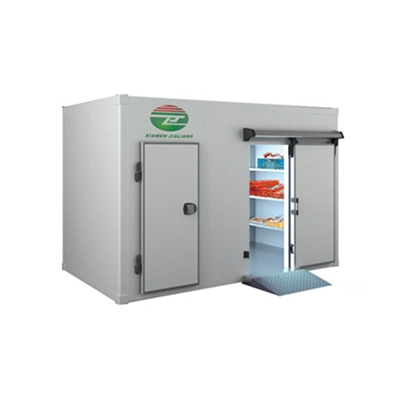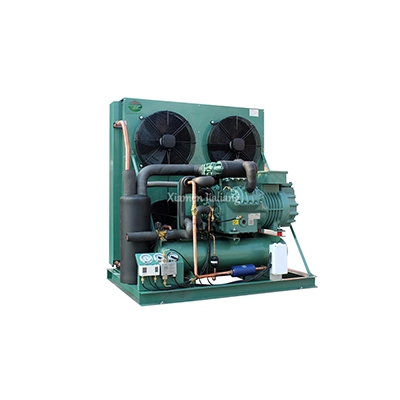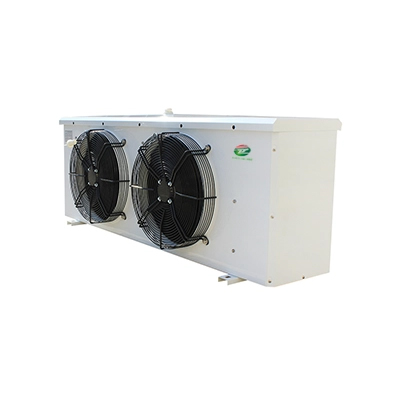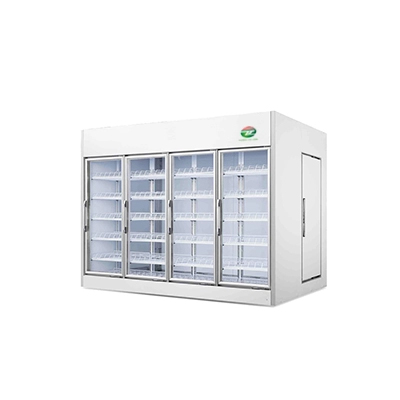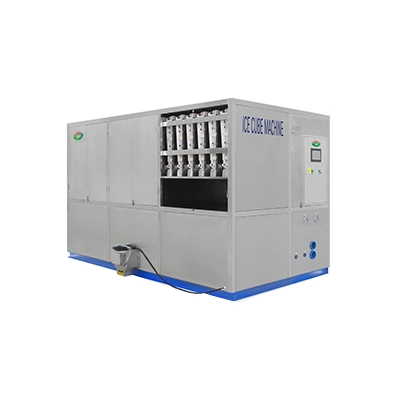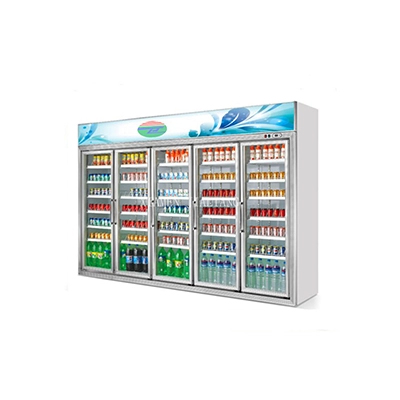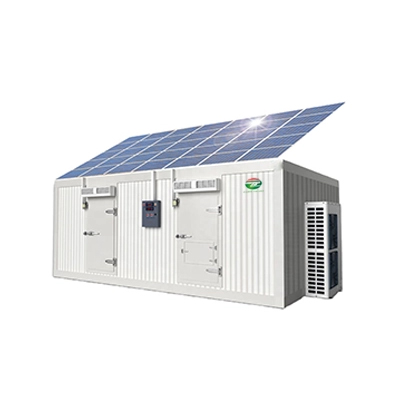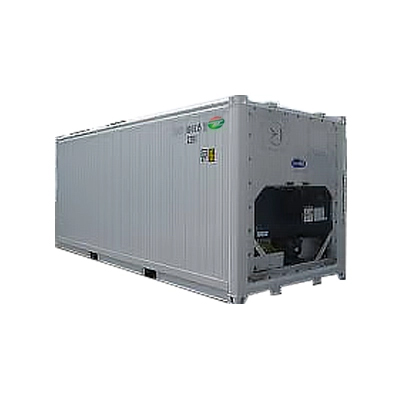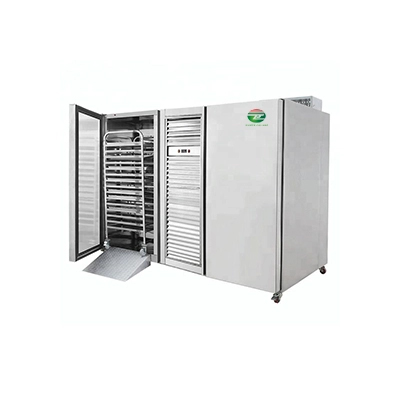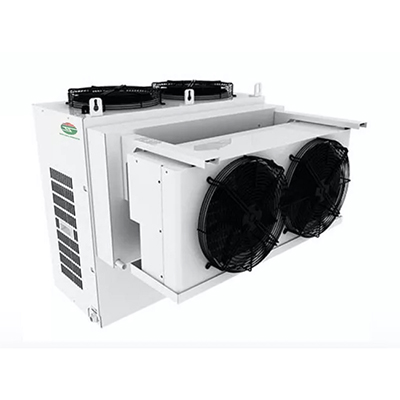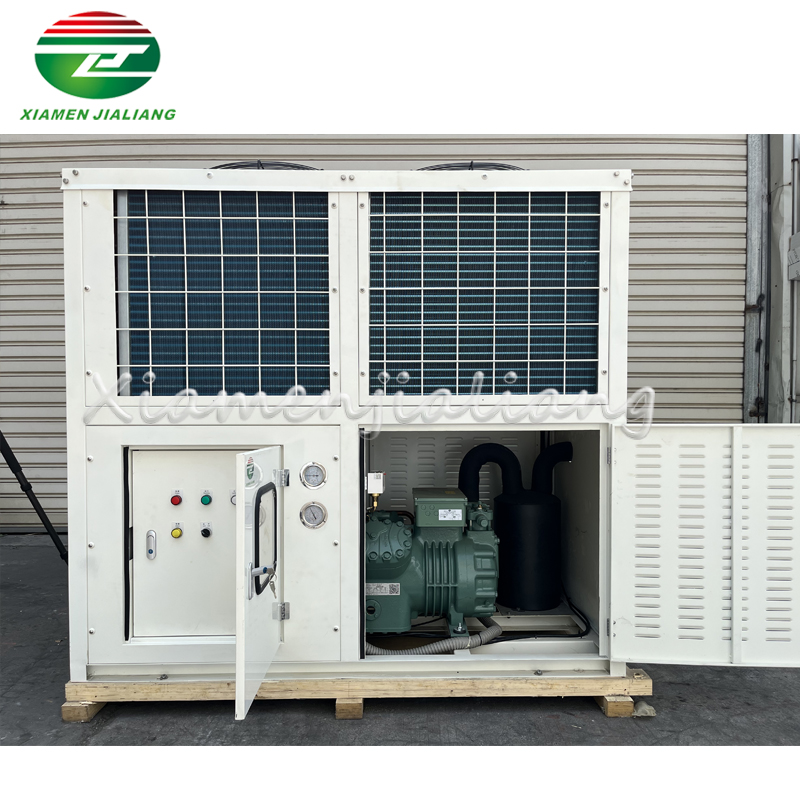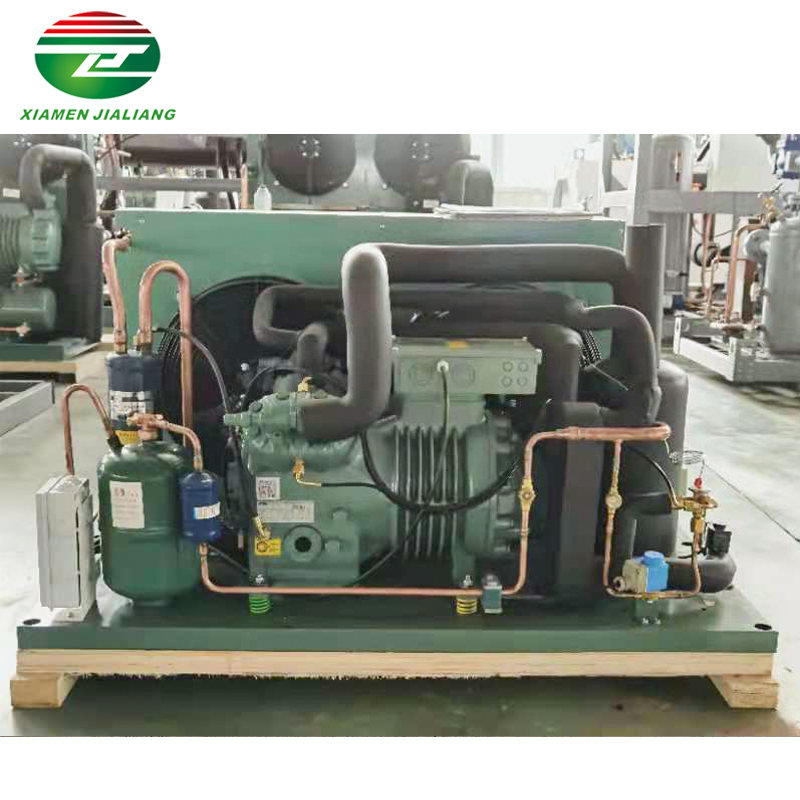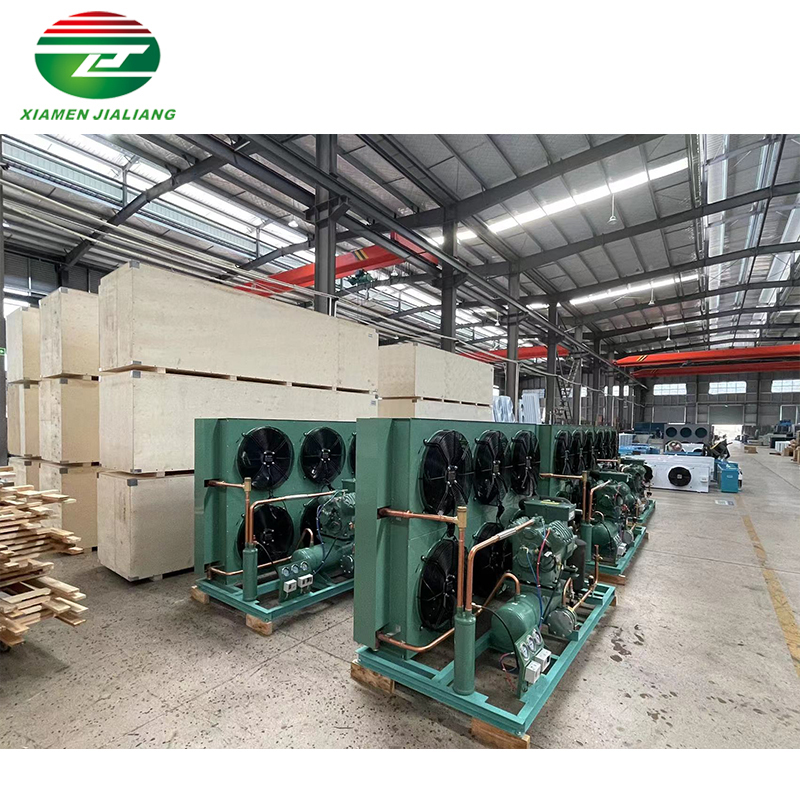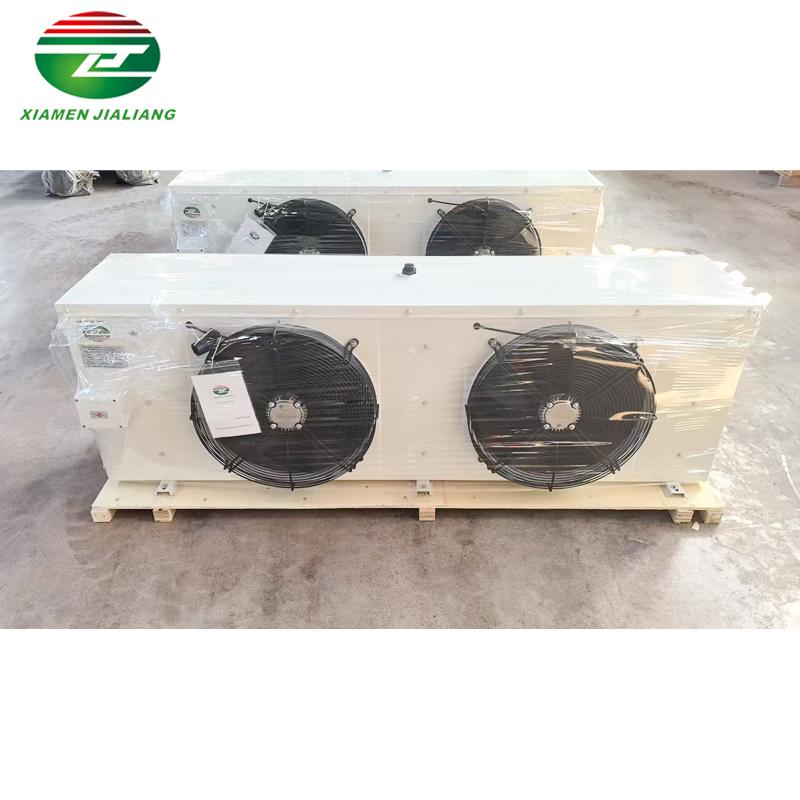The Importance of Cold Storage for Crop Preservation
Cold storage provides suitable temperature and humidity conditions, which can extend the shelf life of crops
The Importance of Cold Storage for Crop Preservation
Why do we use Cold Storage for crop preservation? After the autumn harvest, farmers not only consume the crops themselves but also store them for sale to grain merchants. In hot and humid regions, crops are highly susceptible to rotting and molding due to the weather conditions. Therefore, the use of Cold Storage for grain preservation becomes crucial. The sealed environment and appropriate refrigeration temperature of Cold Storage ensure the long-lasting freshness of crops. Let’s now explore how Cold Storage is used for crop preservation through this article.

Operating Principles of Cold Storage
Cold Storage consists of condensing unit and pu panels, with the units playing the most significant role. The condensing unit include compressors, gas-oil separators, filters, evaporators and solenoid valves. The compressor compresses the refrigerant, releasing a large amount of heat in the process. The refrigerant then expands and evaporates into a gas, absorbing heat during the evaporation process, thus achieving the cooling effect. The advantages of Cold Storage include rapid cooling, uniform temperature distribution within the storage unit, and the ability to expel harmful gases such as carbon dioxide generated during the storage process. On one hand, it ensures a low-temperature environment suitable for crop storage, and on the other hand, it eliminates carbon dioxide produced during the aging process of the crops, thereby extending their shelf life.
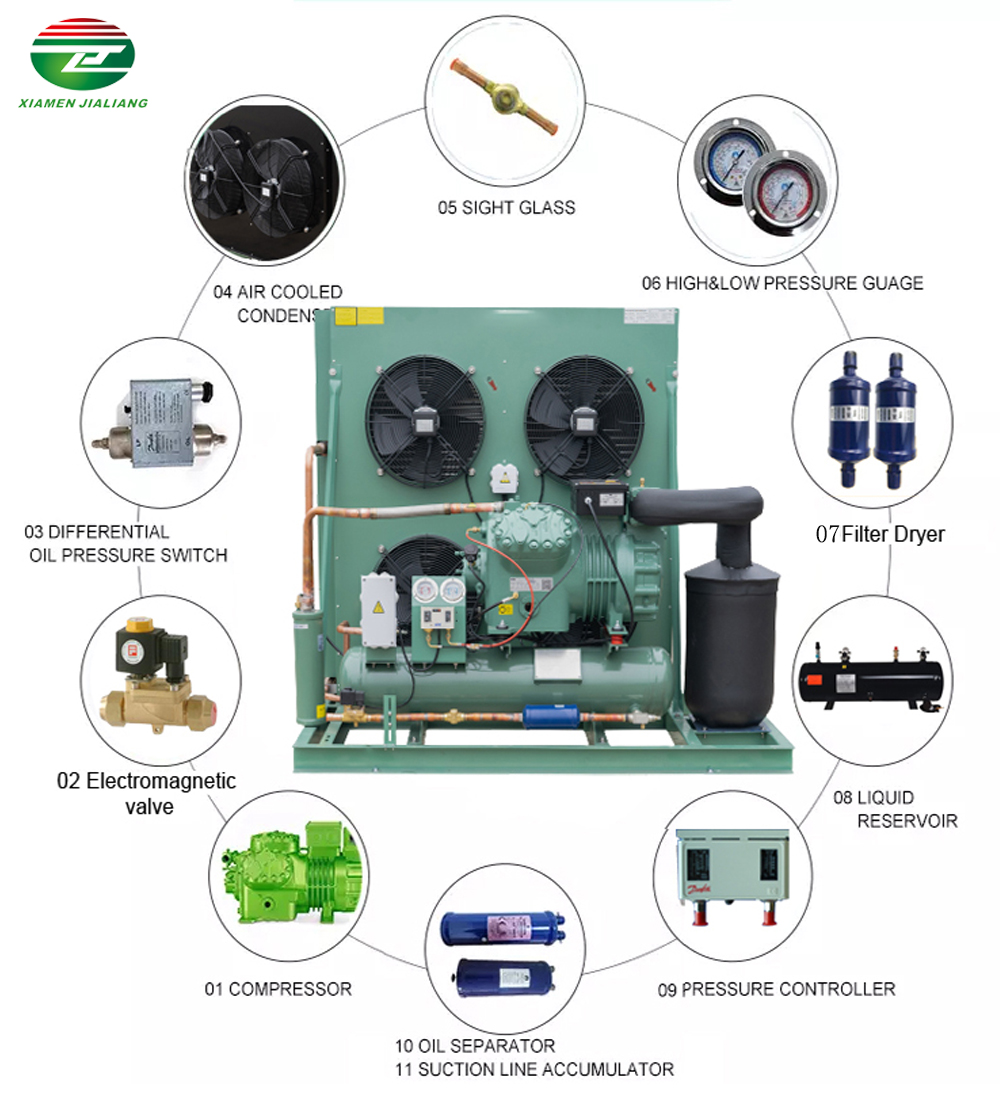
Benefits of Cold Storage for Crop Storage
Maintaining Freshness and Quality:
Cold Storage provides suitable temperature and humidity conditions, which can extend the shelf life of crops, reduce spoilage and losses. This helps preserve the taste, nutritional value, and appearance of crops.
Minimizing Waste:
As Cold Storage prolongs the shelf life of crops, farmers and supply chain managers can better plan and manage inventory, reducing waste caused by spoilage. This improves resource utilization efficiency and reduces economic losses.

Providing Flexibility:
Cold Storage enables agricultural products to be sold at different times, meeting market demands. Farmers can choose the optimal time for sales based on demand and price fluctuations, thereby increasing income and profits.
Preventing Quality Decline:
Cold Storage prevents quality deterioration of crops during storage, such as moisture loss and browning. This helps maintain the freshness, taste, and appearance of crops, providing higher-quality products.
Storage of Diverse Crops:
Cold Storage can store various types of crops, including fruits, vegetables, meats, and dairy products. This provides greater flexibility and convenience in supply chain management.

Different Types of Cold Storage
Different crops have varying refrigeration requirements, and temperature and humidity are critical control conditions. Typically, after harvesting, crops carry a significant amount of heat and cannot be rapidly frozen for preservation. In this case, a pre-cooling room is needed to facilitate gradual cooling and prevent damage caused by rapid freezing. For fruits like apples, pineapples, and bananas that need ripening, there are specialized ripening rooms with appropriate temperatures to facilitate the propagation of ethylene and accelerate the ripening process. In addition, there are long-term storage cold rooms used in large-scale agricultural storage centers, agricultural research institutes, and seed banks, especially for seed preservation, which requires specific refrigeration conditions.
Considerations for Cold Storage Usage
In the daily use of Cold Storage, temperature control is crucial. Different temperature settings should be applied according to the type of crop to avoid freezing or inadequate refrigeration. For example, short-term storage of seeds should be set at 10-15°C, while long-term storage requires temperatures of 0-10°C. Additionally, attention should be given to regulating the humidity within the Cold Storage. Fresh fruits and vegetables require stable relative humidity ranging from 80% to 90% to prevent wilting and water loss. If the relative humidity is low, measures such as sprinkling water on the floor or spraying a mist of water onto the produce can be taken to maintain humidity. Most importantly, it is essential to promptly remove frost from the Cold Storage unit and conduct regular maintenance of the refrigeration system.

Conclusion
Cold Storage plays an increasingly significant role in crop preservation, becoming indispensable. With Cold Storage, we can store more crops, effectively promoting the development of agricultural science. We hope this article has provided you with a better understanding of Cold Storage
For more information, please visit www.coldroomchina.com

